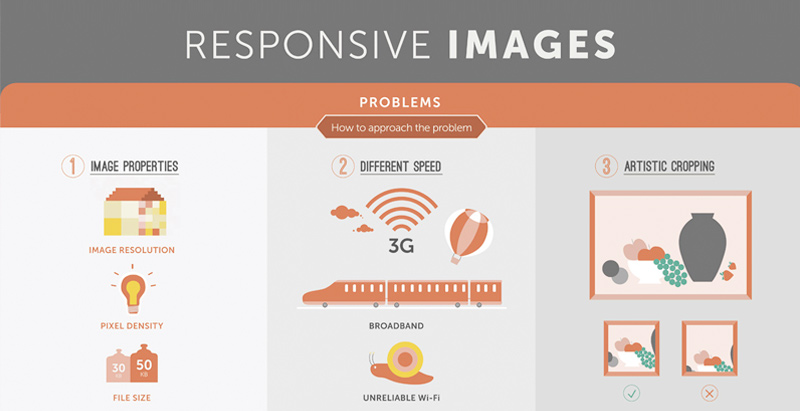Key Elements Of Site Layout: Approaches For Producing An Available User Experience
Key Elements Of Site Layout: Approaches For Producing An Available User Experience
Blog Article
Material Writer-Le Ehlers
When it comes to website layout, ensuring user-friendliness is vital. From responsive layout to structured navigating, every aspect plays an essential function in creating a site that satisfies your target market's requirements. But what concerning the finer details that can make or break an individual's browsing experience? Stay tuned as we reveal some often-overlooked ideas that can elevate your site's usability to the following level, making it really stand out in the digital landscape.
Value of Responsive Style
Responsive design is an essential facet of modern website development. Guaranteeing your web site is receptive ways that it can adjust to different screen sizes and devices, giving a smooth experience for users.
With the boosting use mobile phones and tablets to access the internet, having a responsive layout is necessary for getting to a broader target market. It aids in boosting user experience by making your website very easy to navigate and continue reading any device.
In addition, receptive design can positively affect your internet search engine rankings, as search engines like Google focus on mobile-friendly websites. By having a receptive style, you're also future-proofing your site, as brand-new tools with differing display dimensions remain to emerge.
Simplify Navigating Framework
To enhance individual experience and assist in simple accessibility to details on your internet site, enhancing the navigating structure is extremely important. When making your website, focus on producing a clear and instinctive navigating food selection that helps site visitors find what they're searching for promptly.
Limit the number of food selection products to the essentials, grouping associated pages with each other to avoid frustrating individuals. Usage descriptive labels that plainly show the material of each page, making it less complicated for users to understand where each web link will certainly take them.
Take into consideration executing dropdown menus for subcategories to prevent cluttering the main navigation bar. Furthermore, include a search bar prominently on the page for individuals that prefer looking for particular info.
Prioritize mobile responsiveness in your navigation design to make sure easy gain access to on all tools.
Maximize Web Page Lots Speed
Improving page tons rate is vital for retaining site visitors on your site. Slow-loading pages irritate users and can cause high bounce prices. To maximize web page load rate, start by maximizing images. Press pictures without jeopardizing high quality to lower their file sizes.
Furthermore, enable Functional Medicine SEO caching to store often accessed resources in your area, quickening lots times for returning visitors. Minify CSS, JavaScript, and HTML files by eliminating unneeded characters, remarks, and formatting, improving load rate.
Take into consideration making use of a material delivery network (CDN) to distribute your internet site's material across numerous servers worldwide, minimizing latency for individuals accessing your website from different places. Lastly, restrict using third-party manuscripts and plugins, as they can significantly affect load times.
Final thought
In conclusion, by incorporating responsive style, simplifying navigating, and maximizing page lots speed, you can produce an user-friendly website that interest a wider audience and boosts customer experience. These essential elements make sure that site visitors can easily access and navigate your site throughout various devices, causing increased engagement and complete satisfaction. By concentrating on https://gregorylgbwp.dailyblogzz.com/32802096/search-engine-optimization-made-simple-a-detailed-step-by-step-guidebook-firstly , you can build a successful internet site that maintains customers returning for more.
